
Recording and Reporting - Children's Care - Foundation Level
Course Overview This course raises awareness of the practitioner's duty of care to keep daily records, what makes a good report, GDPR and policies and procedures. The programme benefits from narrative scenarios and activities with ongoing assessment making it engaging and interactive. This course can be completed via the website, on PC, laptop etc. For mobile phones it is recommended to use the app for IOS or Android devices. Aims & Objectives Explain why reports must be written Demonstrate the importance of ethical writing Identify what to include in reports Help you recognise the difference between fact, opinion, and judgement Course Audience Health Care Workers, Social Care Workers, Nursing staff, Day Care/Centre workers, Home Care Staff, Agency staff.

Radicalisation - Children's Care - Foundation Level
Course Overview This course will help learners to understand radicalisation, extremism and terrorism. To understand the government’s strategy to help stop terrorism, identify when a young person is at risk and help prevent them from being drawn into terrorism. The programme benefits from narrative scenarios and activities with ongoing assessment making it engaging and interactive. This course can be completed via the website, on PC, laptop etc. For mobile phones it is recommended to use the app for IOS or Android devices. Aims & Objectives Explain the difference between radicalisation, extremism and terrorism Help you identify a range of indicators of children and young people being drawn into radicalisation Help you recognise how children become radicalised Help you develop your role and help you facilitate change Improve your knowledge of the Prevent Strategy Course Audience Health Care Workers, Social Care Workers, Children’s Centre Practitioners, residential care staff, specialist health and education staff working with children, youth leaders and practitioners.

Quality Standards - Children's Care - Foundation Level
Course Overview This course looks at the quality standards within the Children’s Homes Regulations 2015, learners will identify each standard and explore how they can be implemented and how concerns regarding the quality standards can be raised. This programme benefits from an animated scenes and activities with ongoing assessment making it engaging and interactive. This course can be completed via the website, on PC, laptop etc. For mobile phones it is recommended to use the app for IOS or Android devices. Aims & Objectives Identify the quality standards Define each standard and how it is to be implemented Explain how the standards relate to Children and Young People in care Cover regulations relating to the quality standards Course Audience This course is aimed at residential care staff, specialist health and education staff working with children, youth leaders and practitioners.

Professional Boundaries - Children's Care - Foundation Level
Course Overview This course defines professional boundaries and how they apply to the children’s care sector, discusses different scenarios staff may come across, explains what happens when boundaries are broken and how to identify broken boundaries with others. The programme benefits from narrative scenarios and activities with ongoing assessment making it engaging and interactive. This course can be completed via the website, on PC, laptop etc. For mobile phones it is recommended to use the app for IOS or Android devices. Aims & objectives Explain what professional boundaries are and their importance Discuss why boundaries are broken Provide tips on adhering professional boundaries Encourage learners to self-reflect Describe processes to follow when boundaries are crossed Course Audience Health Care Workers, Social Care Workers, Nursing staff, Day Care/Centre workers, Home Care Staff, Agency staff.
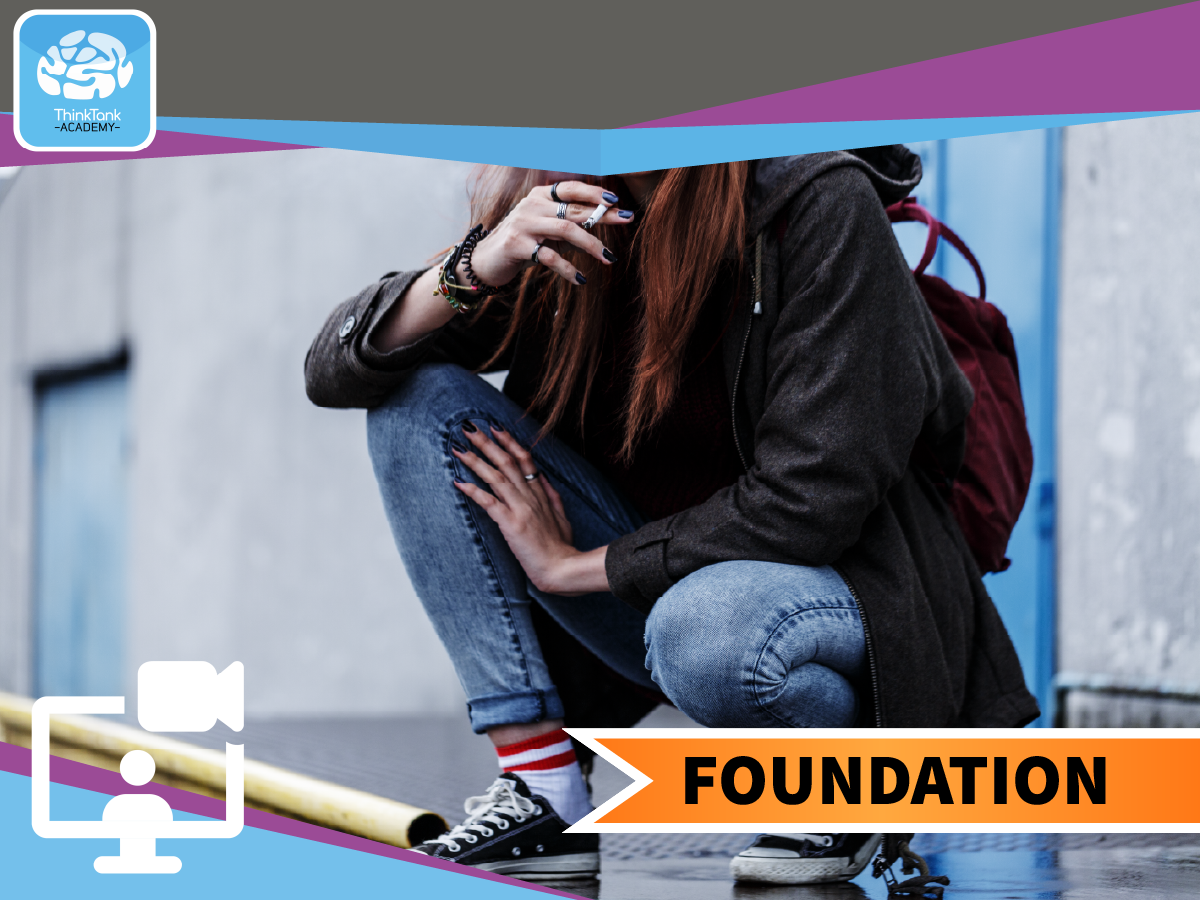
Missing From Care - Children's Care - Foundation Level
Course Overview The course raises awareness of the risk of Children or Young People going missing from care and provides information that the learner can use to help them respond appropriately should a Child or Young Person in their care go missing. It also highlights their important role in prevention. The programme benefits from narrative scenarios and activities with ongoing assessment making it engaging and interactive. This course can be completed via the website, on PC, laptop etc. For mobile phones it is recommended to use the app for IOS or Android devices. Aims & Objectives Explain the difference between the terms ‘missing from care’ and ‘away from placement without authorisation’ Identify possible reasons for going missing from care Identify the risks of going missing Identify signs that could indicate a child may go missing Identify factors that could trigger a missing episode Explain your role before, during and after a missing incident Course Audience Residential Care Worker, Health Care Workers, Social Care Workers, Children’s Centre Practitioners

Knife Crime - Children's Care - Foundation Level
Course Overview This course will raise awareness of the issue of knife crime, define what knife crime is and the laws on knife crime, explain why a young person might carry a knife and how carers can help prevent knife crime and create a safe environment for young people. The programme benefits from narrative scenarios and activities with ongoing assessment making it engaging and interactive. This course can be completed via the website, on PC, laptop etc. For mobile phones it is recommended to use the app for IOS or Android devices. Aims & Objectives Discuss the definition and facts on knife crime Explain why a young person may carry a knife Highlight social media’s involvement in knife crime Explain the 4 R’s Give an understanding of the signs and indicators Discuss how we can talk to young people and aid prevention Course Audience Health Care Workers, Social Care Workers, Nursing staff, Day Care/Centre workers, Home Care Staff, Agency staff.
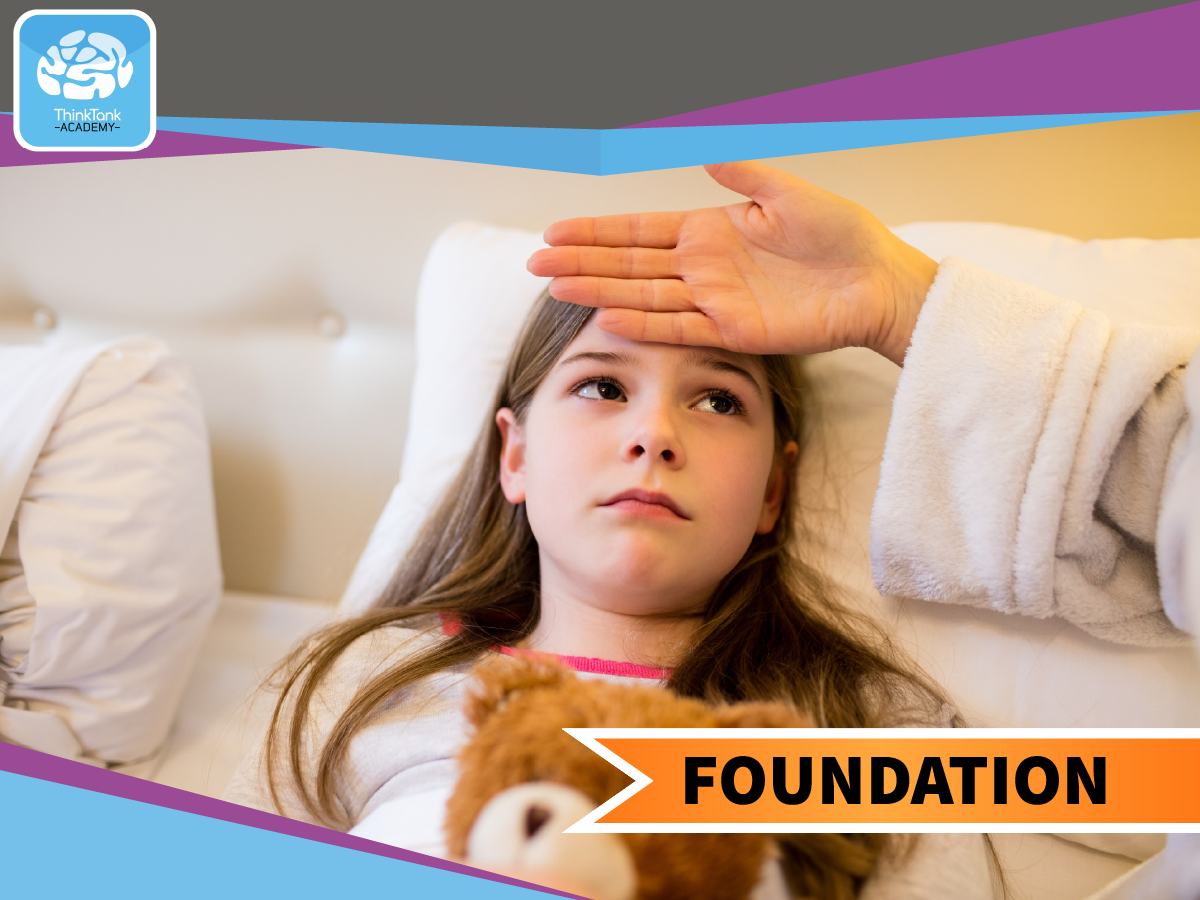
Introduction to Infection Control - Children's Care - Foundation Level
Course Overview This course raises awareness of Infection Control and provides awareness of types of infection, routes of transmission and measures to limit the spread of infection in children’s care. The programme benefits from an animated scenes and activities with ongoing assessment making it engaging and interactive. This course can be completed via the website, on PC, laptop etc. For mobile phones it is recommended to use the app for IOS or Android devices. Aims & Objectives Provide background information on infection control and the importance of public health Discuss legislation and policy relating to infection control Highlight the importance of risk assessment and management in infection control Includes the chain of infection and how to break it Enable learners to describe the types of infections, disease, routes of transmission and the principles of infection Includes infection control measures related directly to children and vulnerable people and the responsibilities of staff and managers Course Audience This is a cross sector course and will benefit all professional’s, frontline workers and leaders working with children and young people.
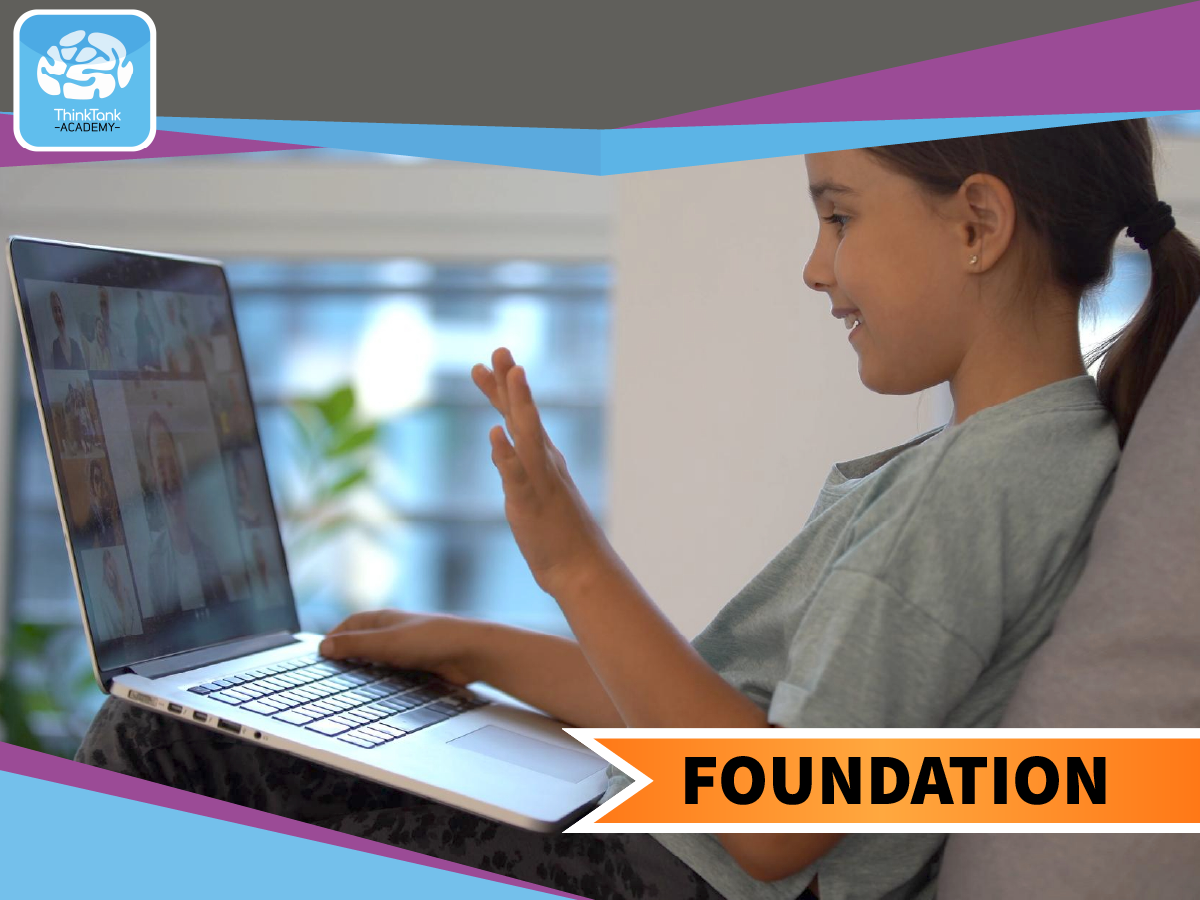
Internet Safety - Children's Care - Foundation Level
Course Overview This course identifies how Children and Young People use the internet and the different types of dangers their activities can expose them to. It explains how care staff can promote the safety of Children and Young People when using the internet, how staff can identify the signs that a Child or Young Person in their care is being groomed or bullied online and how to have conversations with Children and Young People around keeping themselves safe. The programme benefits from narrative scenarios and activities with ongoing assessment making it engaging and interactive. This course can be completed via the website, on PC, laptop etc. For mobile phones it is recommended to use the app for IOS or Android devices. Aims & Objectives Make you aware of conduct and risk taking behaviour Highlight and identify different areas that may pose a risk to Children and Young People Discuss sexual abuse online and grooming Give advice on having discussions with Children and Young People Identify how we can help keep them safe online Outline the advantages of the internet Give advice on how to access support Course Audience Health Care Workers, Social Care Workers, Nursing staff, Day Care/Centre workers, Home Care Staff, Agency staff.
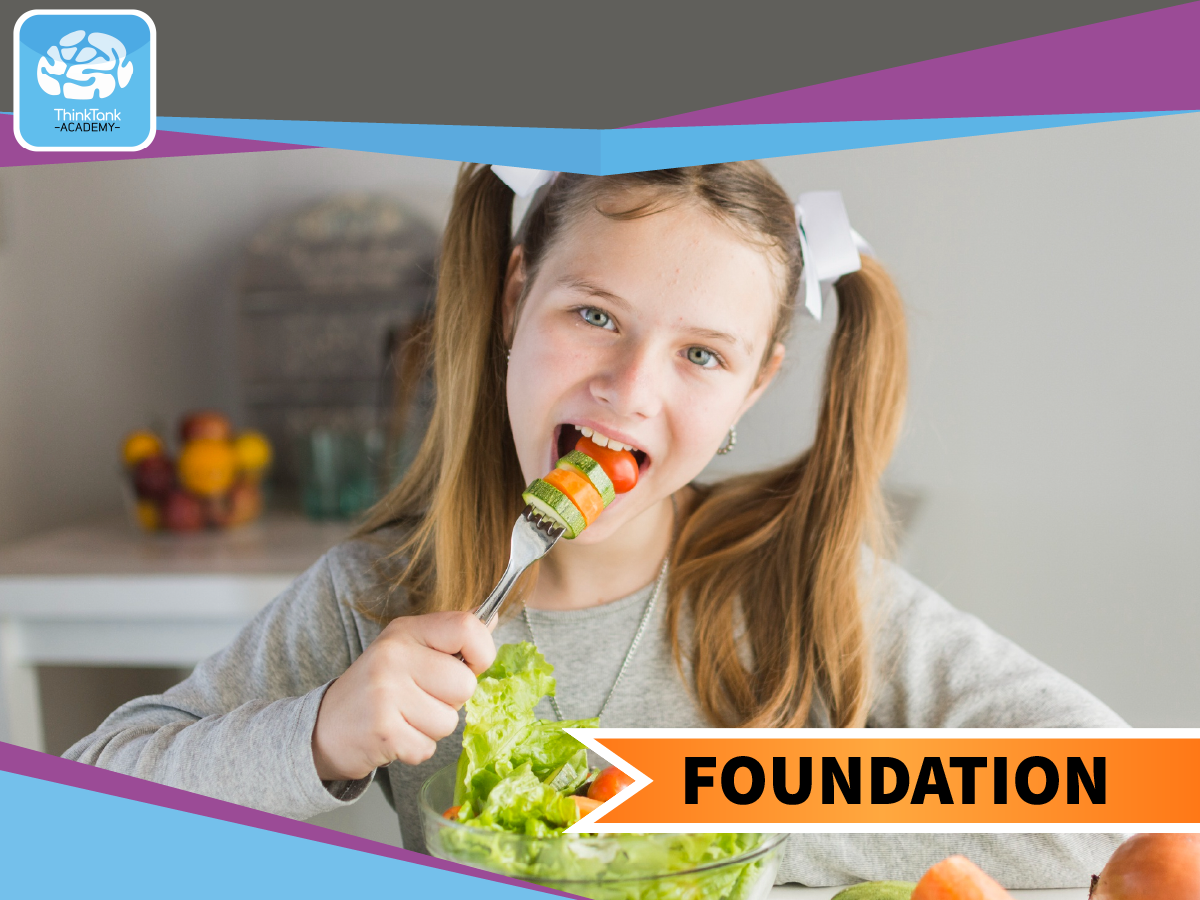
Healthy Eating - Children's Care - Foundation Level
Course Overview The course provides knowledge on food groups, physical activity and making healthy lifestyle choices as well as promoting and encouraging a healthy lifestyle in the home. The programme benefits from an animated scenes and activities with ongoing assessment making it engaging and interactive. This course can be completed via the website, on PC, laptop etc. For mobile phones it is recommended to use the app for IOS or Android devices. Aims & Objectives Identify important nutrients for children and young people Explain how the Eatwell Guide can be used to make healthy food choices Identify the main food groups in the Eatwell Guide and show the proportion that each group should contribute to the overall diet Provide practical tips for making healthy food choices Explain the importance of physical activity State how much and what types of physical activity are beneficial for children and young people Course Audience This course is aimed at residential care staff, specialist health and education staff working with children, youth leaders and practitioners.

Health and Safety - Children's Care - Foundation Level
Course Overview This course raises awareness of health and safety in the workplace relative to children’s home settings. It covers the legislation in place, hazard awareness and risk assessment and prevention of harm. The programme benefits from narrative scenarios and activities with ongoing assessment making it engaging and interactive. This course can be completed via the website, on PC, laptop etc. For mobile phones it is recommended to use the app for IOS or Android devices. Aims & Objectives Give you an understanding of what health and safety means to everyone Raise your awareness of the difference between hazard and risk Help you to identify hazards in the home Enable you to make necessary changes in day-to-day housekeeping to reduce risk Course Audience Health Care Workers, Social Care Workers, Nursing staff, Day Care/Centre workers, Home Care Staff, Agency staff.
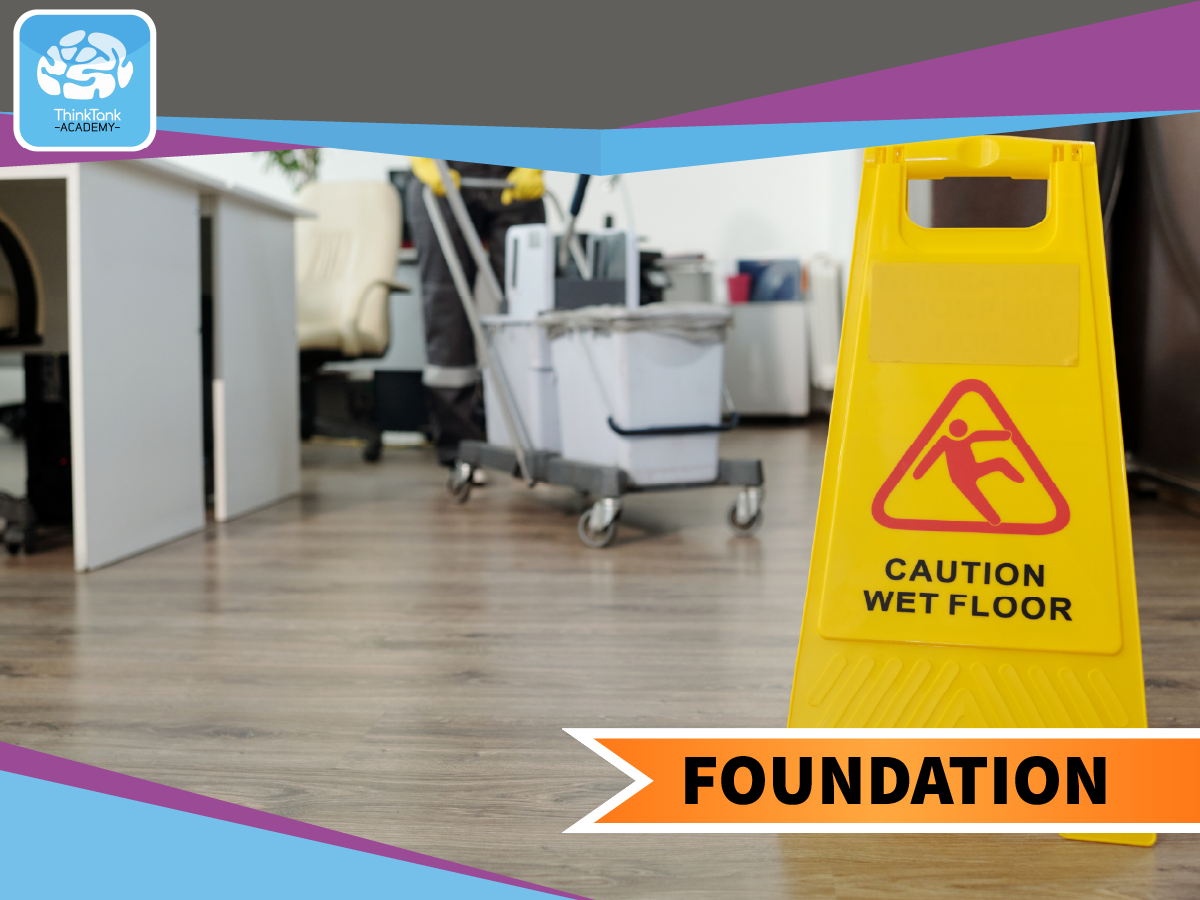
Health and Safety - Adult Care - Foundation Level
Course Overview This course raises awareness of health and safety in the workplace relative to the adult’s care settings. It covers the legislation in place, hazard awareness and risk assessment and prevention of harm. The programme benefits from narrative scenarios and activities with ongoing assessment making it engaging and interactive. This course can be completed via the website, on PC, laptop etc. For mobile phones it is recommended to use the app for IOS or Android devices. Aims & Objectives Give you an understanding of what health and safety means to everyone Raise your awareness of the difference between hazard and risk Help you to identify hazards in the home Enable you to make necessary changes in day to day housekeeping to reduce risk Course Audience Adult Health Care Workers, Social Care Workers, Nursing staff, Adult Day Care/Centre workers, Home Care Staff, Agency staff.
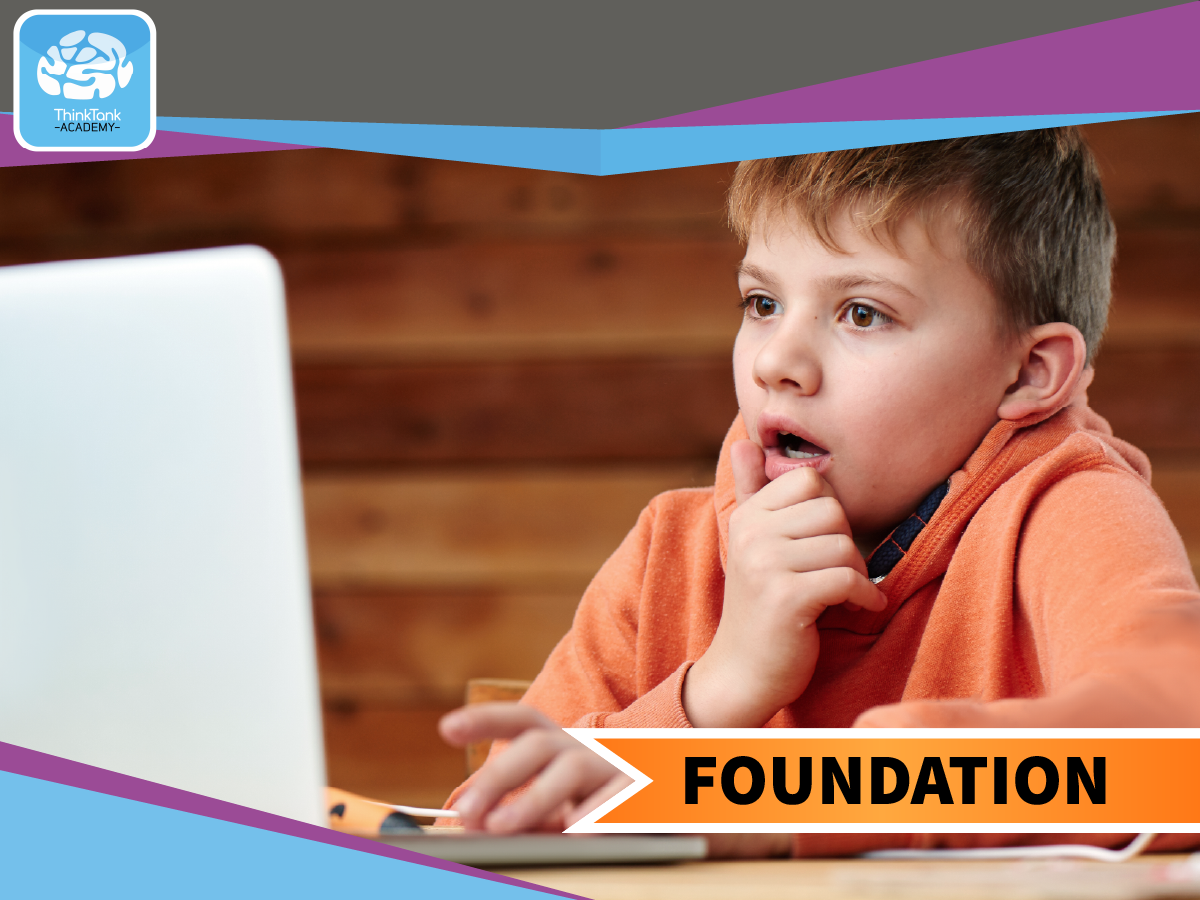
Harmful Sexualised Behaviour - Children's Care - Foundation Level
Course Overview This course has been designed for those working with Children and Young People displaying harmful sexualised behaviours. Learners will be supported to understand the importance of their role in preventing and proactively managing harmful sexualised behaviour including introduction of third sector partners to support with management of this including Brook and Continuum of Sexual Behaviour. Learners will understand and define the signs and symptoms of this and also the procedures to follow when there is an incident. The programme benefits from narrative scenarios and activities with ongoing assessment making it engaging and interactive. This course can be completed via the website, on PC, laptop etc. For mobile phones it is recommended to use the app for IOS or Android devices. Aims & Objectives Explain the difference between normal, problematic and harmful sexualised behaviour Outline the causes and prevalence of the issue Provide awareness of some main assessment approaches Provide awareness of different interventions Discuss tools and skills for practice Course Audience Health Care Workers, Social Care Workers, Support Centre Practitioners, Youth Workers, Support Worker, Nursing Staff, Children’s Residential Care Workers, Education workers.

GDPR - Children's Care - Foundation Level
Course Overview This course defines what GDPR is, who it effects and how it affects those who work in the children’s care sector. It explains how to meet GDPR requirements and the rights of an individual over their data. The programme benefits from narrative scenarios and activities with ongoing assessment making it engaging and interactive. This course can be completed via the website, on PC, laptop etc. For mobile phones it is recommended to use the app for IOS or Android devices. Aims & Objectives Improve your understanding of General Data Protection Regulation (GDPR) Explain the history of GDPR Identify different roles within GDPR Identify the basic rights of an individual Describe GDPR special categories Improve your understanding of GDPR principles Course Audience Health Care Workers, Social Care Workers, Nursing staff, Day Care/Centre workers, Home Care Staff, Agency staff.
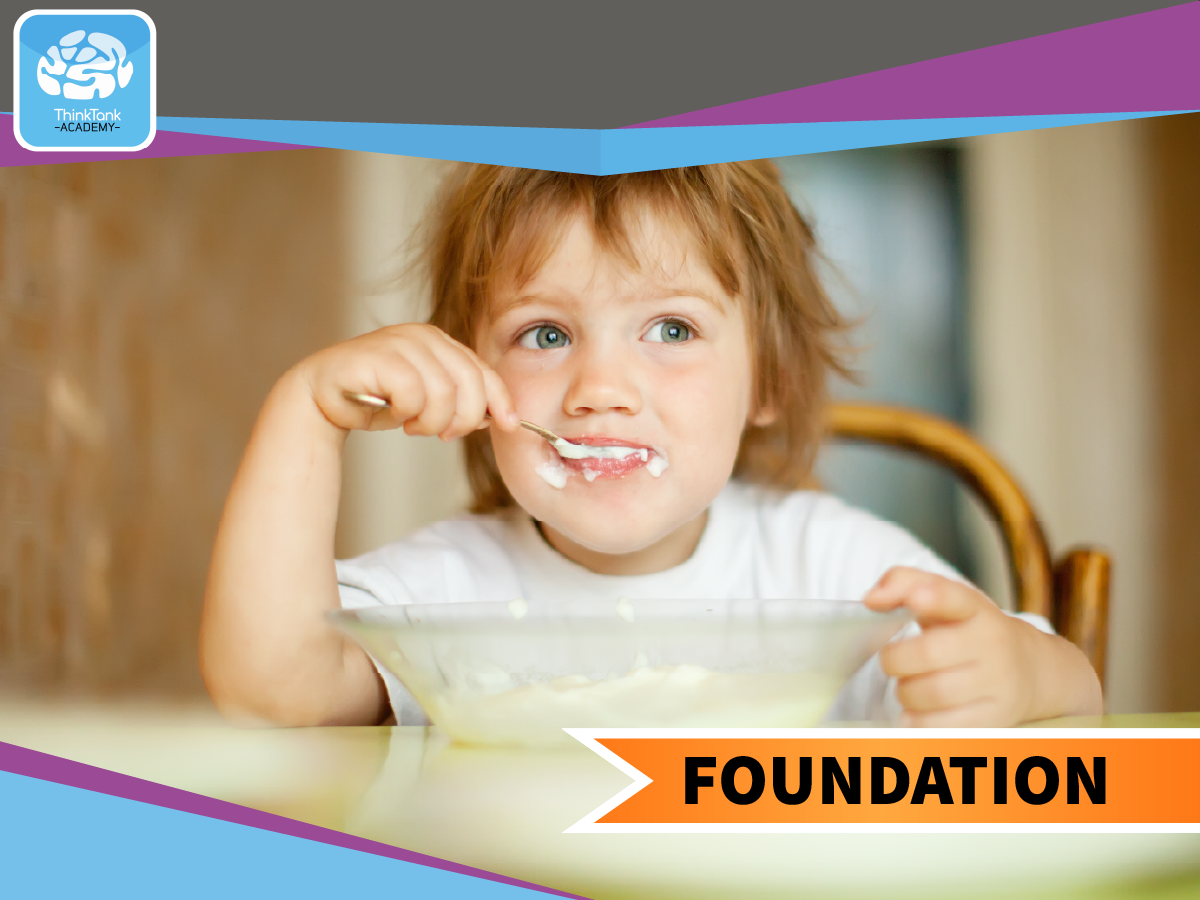
Food Safety Awareness - Children's Care - Foundation Level
Course Overview This course raises awareness of the dangers of food poisoning, storing and preparing food correctly and preventing contamination in children’s care. The programme benefits from narrative scenarios and activities with ongoing assessment making it engaging and interactive. This course can be completed via the website, on PC, laptop etc. For mobile phones it is recommended to use the app for IOS or Android devices. Aims & Objectives Help you to apply good food hygiene practices so that you are able to provide children and young people with food that is safe to eat and won’t make them ill Help you understand what you can do to prevent food poisoning, including the steps you can take Identify ways to maintain cleanliness Describe methods to prevent cross contamination Give you information on storing and heating food at the correct temperature Course Audience Health Care Workers, Social Care Workers, Nursing staff, Day Care/Centre workers, Home Care Staff, Agency staff
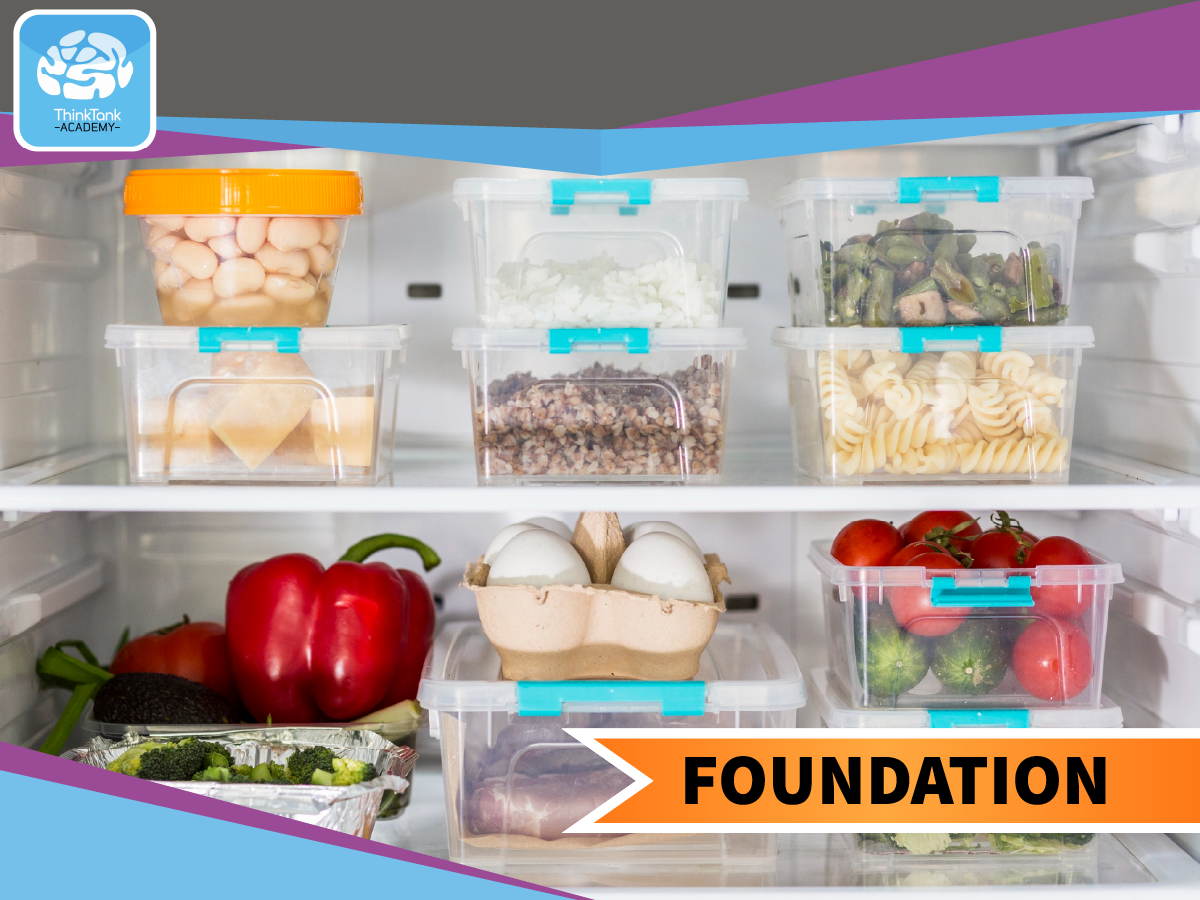
Food Safety Awareness - Adult Care - Foundation Level
Course Overview This course raises awareness of the dangers of food poisoning, storing and preparing food correctly and preventing contamination. The programme benefits from narrative scenarios and activities with ongoing assessment making it engaging and interactive. This course can be completed via the website, on PC, laptop etc. For mobile phones it is recommended to use the app for IOS or Android devices. Aims & Objectives Help you to apply good food hygiene practices so that you are able to provide vulnerable adults with food that is safe to eat and won’t make them ill Help you understand what you can do to prevent food poisoning, including the steps you can take Identify ways to maintain cleanliness Describe methods to prevent cross contamination Give you information on storing and heating food at the correct temperature Course Audience Adult Health Care Workers, Social Care Workers, Nursing staff, Adult Day Care/Centre workers, Home Care Staff, Agency staff
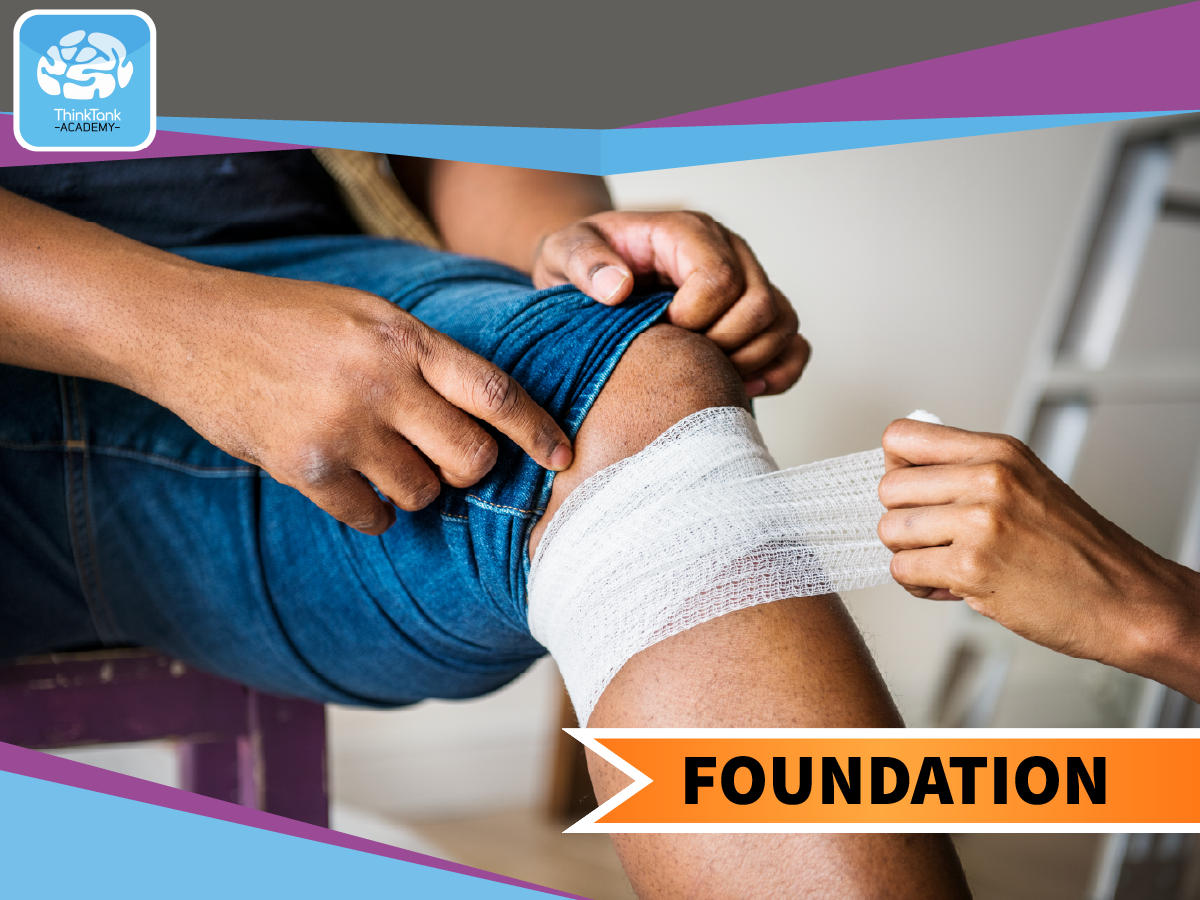
First Aid Awareness - Children's Care - Foundation Level
Course Overview This course introduces basic first aid principles in children’s care, what to do in a variety of emergency situations, how to treat different injuries and where to get help. The programme benefits from narrative scenarios and activities with ongoing assessment making it engaging and interactive. This training session can be accessed via a link and is accessible from a range of devices including IOS and Android platforms. Aims & Objectives Introduce you to the three principles of first aid Explain what a primary survey is Help you recognise the importance of communication Give details of CPR and the recovery position Identify a variety of first aid issues Give information on how to manage different situations Describe the contents of a first aid kit Course Audience This is a cross sector course and will benefit all professional’s, frontline workers and leaders working with children and young people.
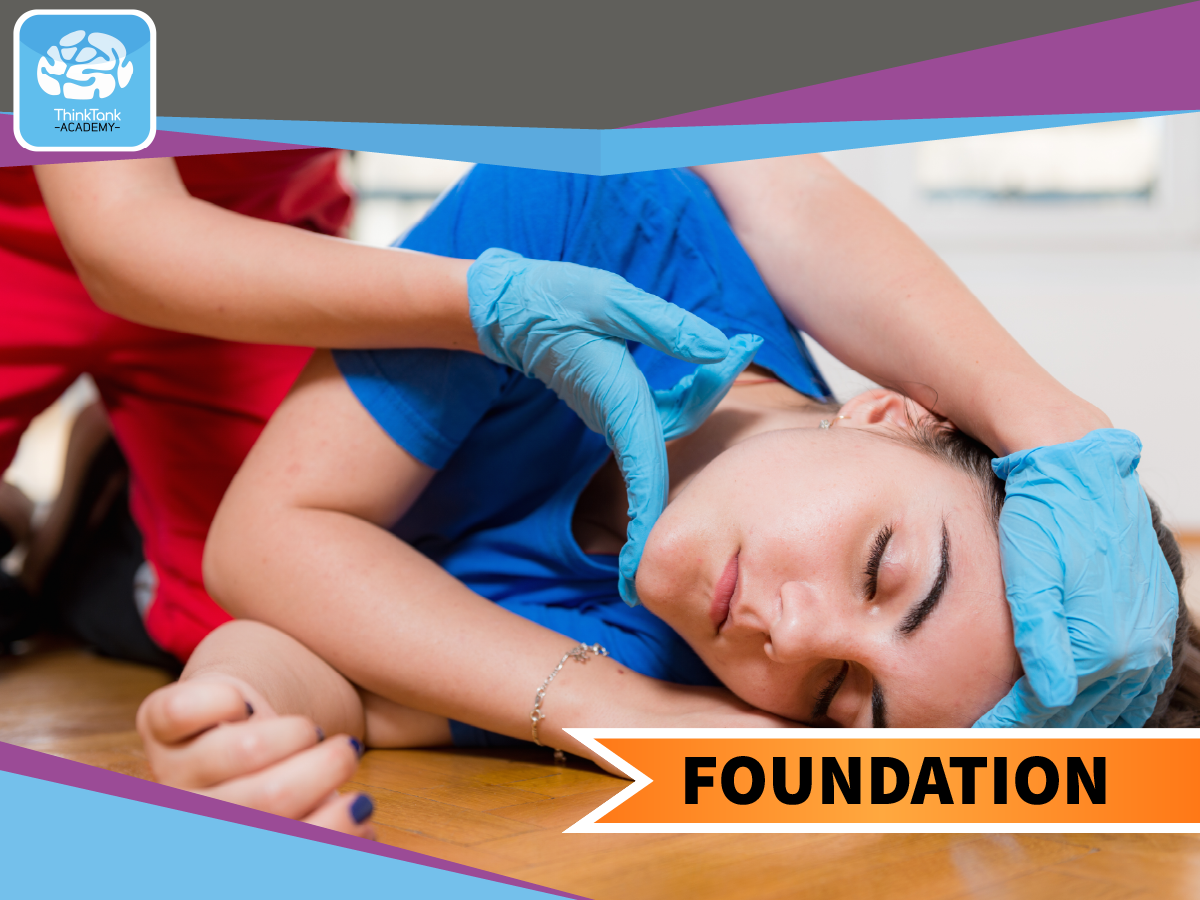
First Aid Awareness - Adult Care - Foundation Level
Course Overview This course introduces basic first aid principles, what to do in a variety of emergency situations, how to treat different injuries and where to get help. This course can be completed via the website, on PC, laptop etc. For mobile phones it is recommended to use the app for IOS or Android devices. Aims & Objectives Introduce you to the three principles of first aid Explain what a primary survey is Help you recognise the importance of communication Give details of CPR and the recovery position Identify a variety of first aid issues Give information on how to manage different situations Describe what a first aid kit contains Course Audience This is a cross sector course and will benefit all professional’s, frontline workers and leaders.
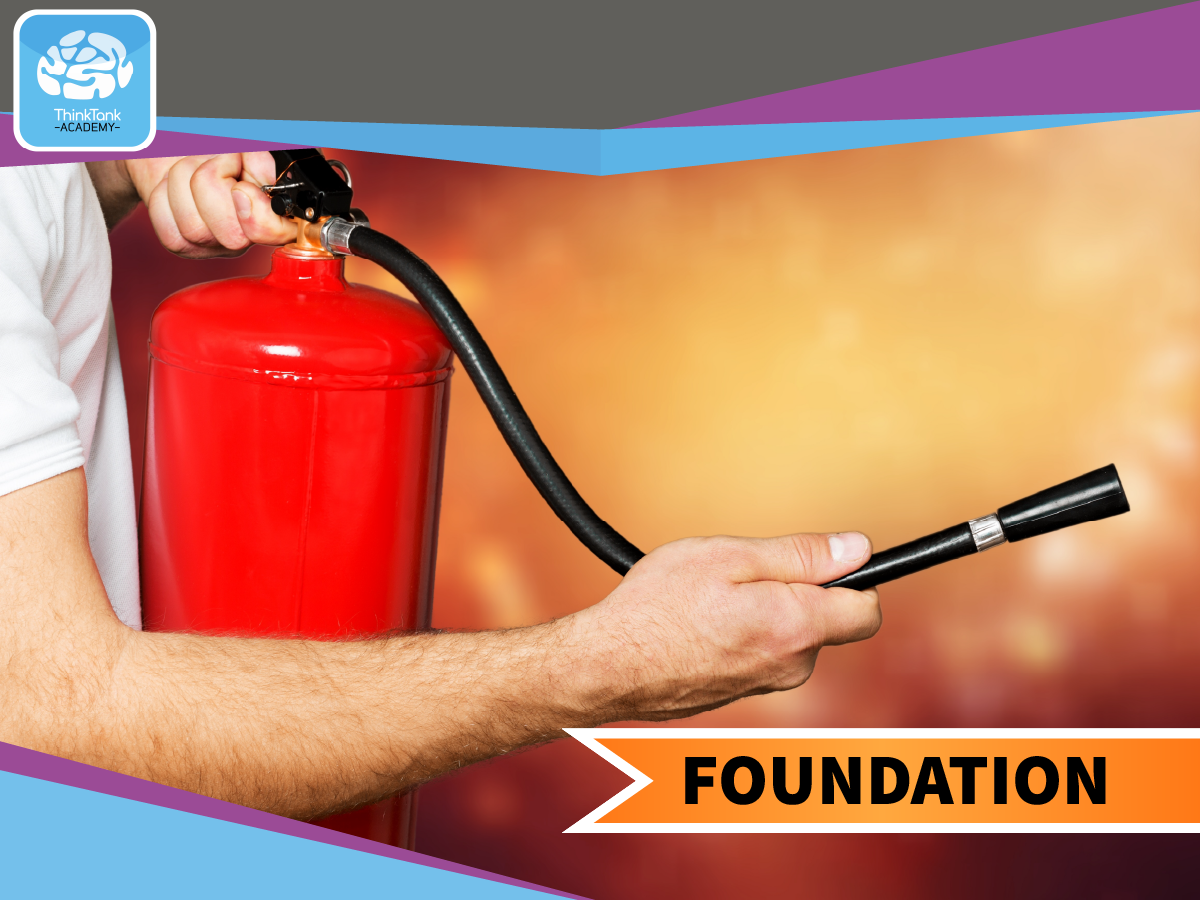
Fire Safety Awareness - Children's Care - Foundation Level
Course Overview This course raises awareness around the causes of fire, the associated dangers, and the prevention of fires. Evacuation procedure, the use of safety equipment and policy are also covered. The programme benefits from narrative scenarios and activities with ongoing assessment making it engaging and interactive. This course can be completed via the website, on PC, laptop etc. For mobile phones it is recommended to use the app for IOS or Android devices. Aims & Objectives Improve awareness of the common causes of fire Give you an understanding of appropriate actions to take in the event of a fire Enable you to identify and remove fire hazards Raise your awareness of fire safety equipment and procedures Course Audience Health Care Workers, Social Care Workers, Children’s Centre Practitioners, Youth Workers, Education Workers
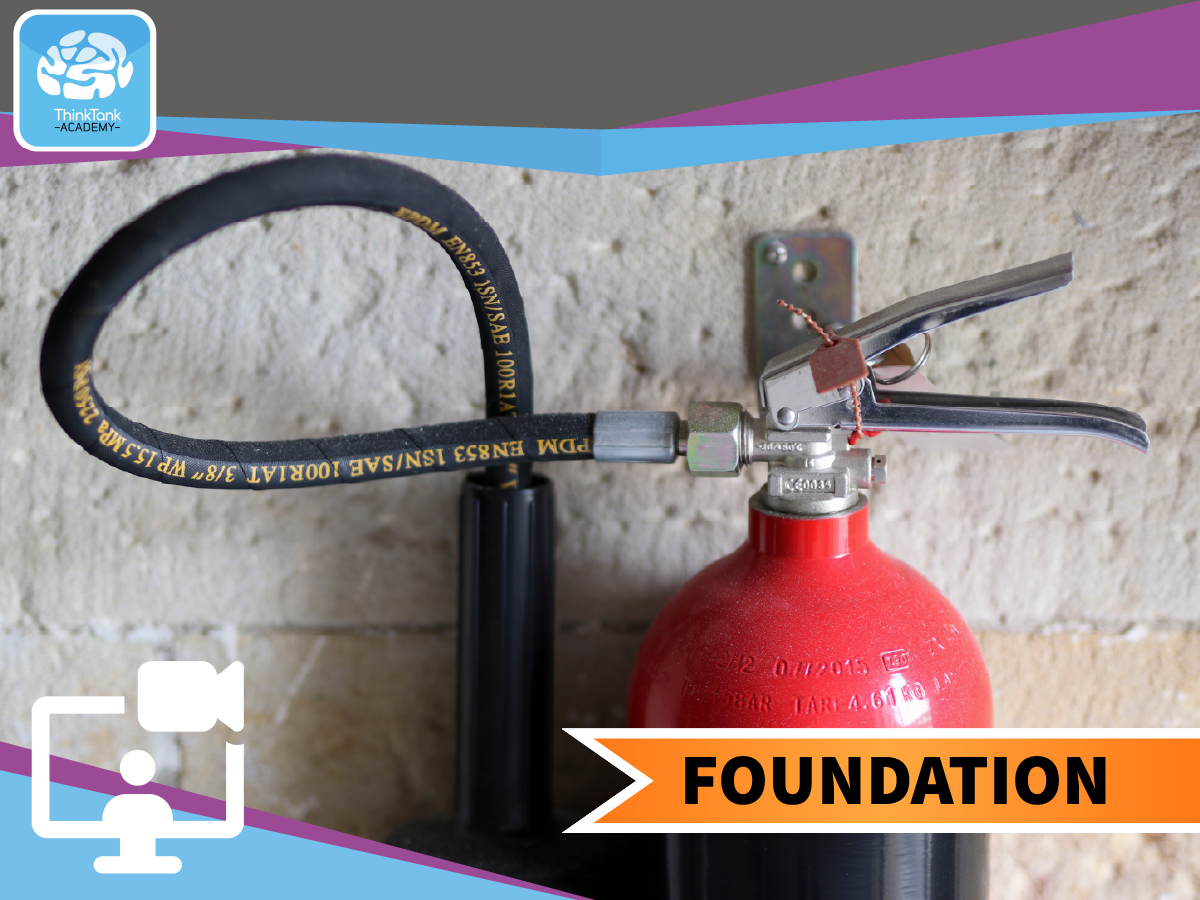
Fire Safety Awareness - Adult Care - Foundation Level
Course Overview This course raises awareness around the causes of fire, the dangers associated and how to prevent fires. Evacuation procedure, the use of safety equipment and policy are also covered. The programme benefits from narrative scenarios and activities with ongoing assessment making it engaging and interactive. This course can be completed via the website, on PC, laptop etc. For mobile phones it is recommended to use the app for IOS or Android devices. Aims & Objectives Improve awareness of the common causes of fire Give you an understanding of appropriate actions to take in the event of a fire Enable you to identify and remove fire hazards Raise your awareness of fire safety equipment and procedures Course Audience Health Care Workers, Social Care Workers, Centre Practitioners, Adult Education Workers
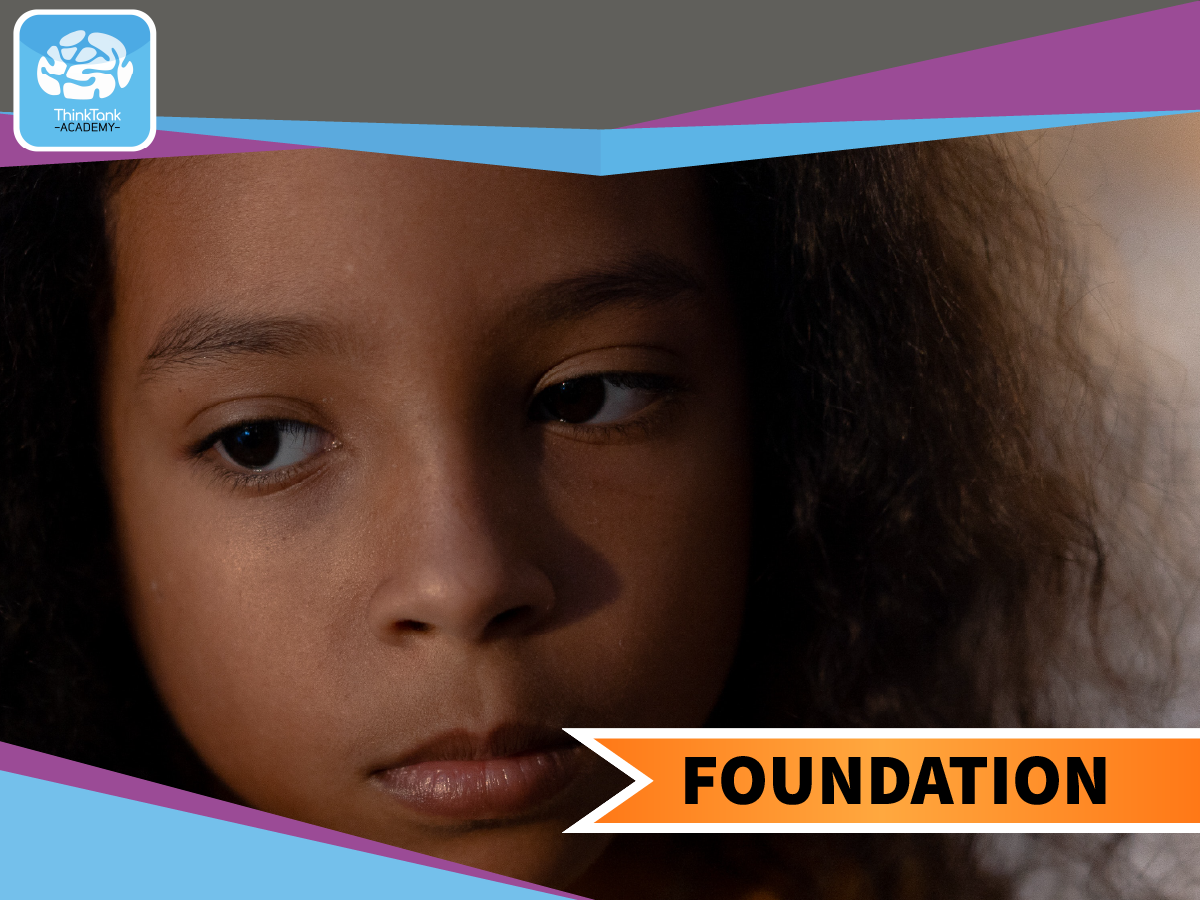
Female Genital Mutilation - Children's Care - Foundation Level
Course Overview This course raises awareness of the issue of female genital mutilation, its origins and its prevalence today. How to help young girls who have undergone the procedure, how to identify a girl at risk and a carers role in upholding the law are also covered. The programme benefits from narrative scenarios and activities with ongoing assessment making it engaging and interactive. This course can be completed via the website, on PC, laptop etc. For mobile phones it is recommended to use the app for IOS or Android devices. Aims & Objectives Increase your awareness of female genital mutilation (FGM) Explain the implications, both physically and emotionally on young girls Help you recognise the signs and symptoms of FGM Describe the law and current legislation surrounding FGM Help you recognise your supporting role Course Audience Health Care Workers, Social Care Workers, Nursing staff, Day Care/Centre workers, Home Care Staff, Agency staff.

Equality and Diversity - Children's Care - Foundation Level
Course Overview This course raises awareness of discrimination in and out of the workplace. The learner will be supported to understand forms of discrimination and how to respond to different types of discrimination. Advice and practical competency tips will be provided to the learner to help them create an inclusive culture within the workplace and how to promote different diversity needs within the workplace. The programme benefits from narrative scenarios and activities with ongoing assessment making it engaging and interactive. This course can be completed via the website, on PC, laptop etc. For mobile phones it is recommended to use the app for IOS or Android devices. Aims & Objectives Define the terms Equality and Diversity Provide an overview of legislation relating to Equality and Diversity Explain how legislation is implemented in the workplace Provide examples of how Equality and Diversity can be promoted Highlight the importance of dealing with discrimination Understand the importance of prevention Course Audience Health Care Workers, Social Care Workers, Children’s Centre Practitioners, Youth Workers, Education Workers
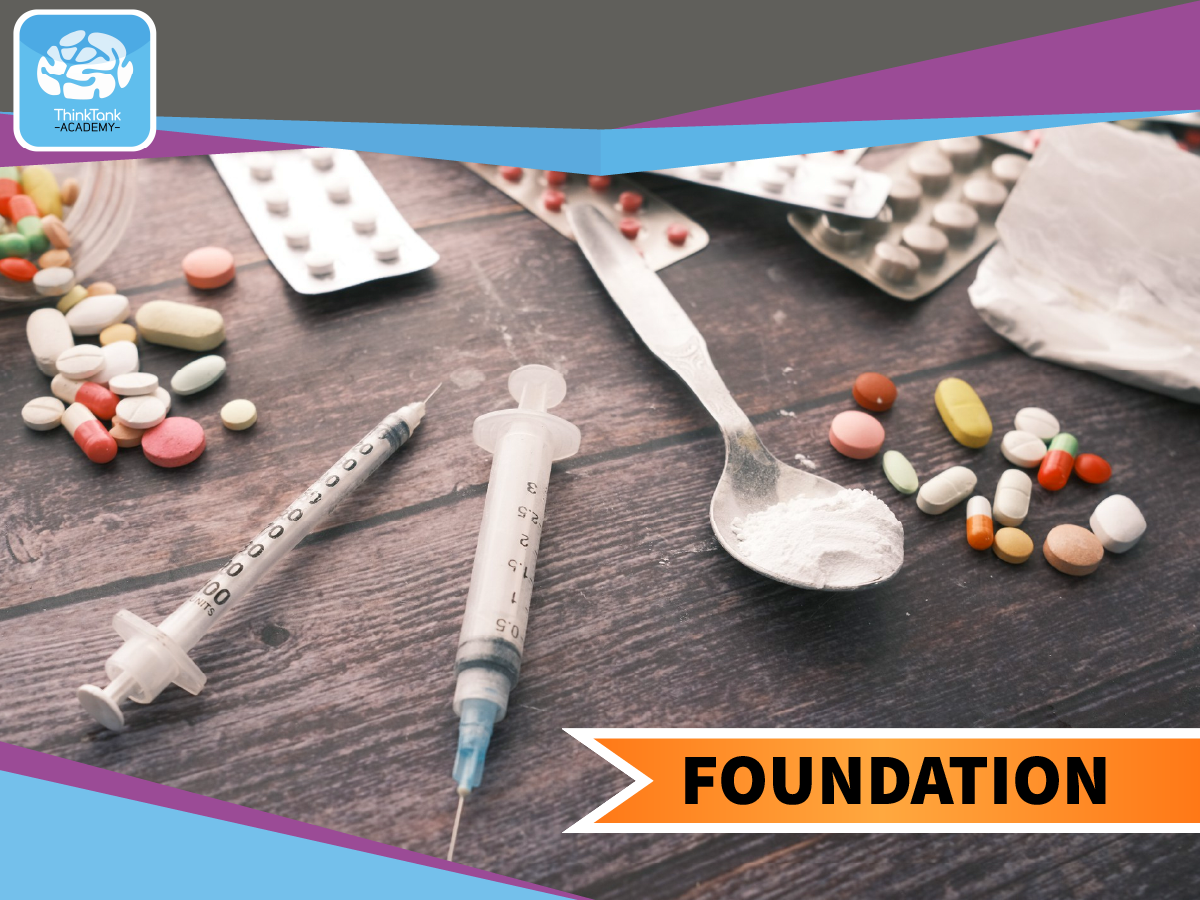
Drug Awareness - Children's Care - Foundation Level
Course Overview This course raises awareness of the issue of drug misuse in Children and Young People. It will provide learners with knowledge about substances and how they affect those under the influence of them. The course will guide learners in talking to Children and Young People about drugs and how to help a Child or Young Person with a substance misuse problem. The programme benefits from narrative scenarios and activities with ongoing assessment making it engaging and interactive. This course can be completed via the website, on PC, laptop etc. For mobile phones it is recommended to use the app for IOS or Android devices. Aims & Objectives Develop understanding around the different terms Understand the dangers of drug misuse Understand the effects of drugs on children Identify signs of children taking drugs Explain what actions to be taken in emergency and non-emergency situations How to approach and talk with children about drugs and the dangers Course Audience Health Care Workers, Social Care Workers, Children’s Centre Practitioners, Youth Workers, Education Workers

County Lines - Children's Care - Foundation Level
Course Overview Foundation Level training course is for people working with Children and Young People who are victims of County Lines abuse. This course aims to raise awareness of County Lines and give an insight into what County Lines consists of, what forms this takes and the terminology that is used within this. The learner will also break down the various components of County Lines, the impact that this has and the importance of Social Media and mobile devices in setting up and maintaining County Lines which will help the learner to understand signs and behaviours associated with it. This course can be completed via the website, on PC, laptop etc. For mobile phones it is recommended to use the app for IOS or Android devices. Aims & Objectives Help the learner to understand and support children involved in County Lines abuse To identify terminology and prevalence rates of exploitation To discuss and breakdown Gang Violence within County Lines Examine associated behaviours and needs Highlight the impact on the well-being of children Explore process and policy in relation to reporting County Lines concerns Provide advice on how to report and record County Lines activity Course Audience Health Care Workers, Social Care Workers, Children’s Centre Practitioners, Youth Workers, Education Workers, Police and Probation staff, Hospitality Staff

COSHH - Children's Care - Foundation level
Course Overview The course provides information on the types of substances the learner may encounter, how to identify them and any effects that may occur from their misuse. It covers situations the learner may have to deal with in the home and how to avoid them. The programme benefits from narrative scenarios and activities with ongoing assessment making it engaging and interactive. This course can be completed via the website, on PC, laptop etc. For mobile phones it is recommended to use the app for IOS or Android devices. Aims & Objectives Raise your awareness of COSHH and how it affects your workplace Help you identify hazardous substances Help you recognise the labels on household products Give you information to reduce dangers in the home Help your understanding of the need for safe storage Increase your awareness of how to deal with an accident involving hazardous substances Course Audience Health Care Workers, Social Care Workers, Nursing staff, Day Care/Centre workers, Home Care Staff, Agency staff.

Communication Skills - Children's Care - Foundation Level
Course Overview This course raises awareness of the importance of good communication, why breakdowns in communication are detrimental to staff and Children and Young People, communication techniques and how to improve upon your skills. This programme benefits from narrative scenarios and activities with ongoing assessment making it engaging and interactive. This course can be completed via the website, on PC, laptop etc. For mobile phones it is recommended to use the app for IOS or Android devices. Aims & Objectives Outline core principals of communication Discuss the effects of good and poor communication Discuss the skills needed for effective communication Discuss the barriers to communication and how they can be reduced Outline how you can communicate effectively with your colleagues Course Audience Health Care Workers, Social Care Workers, Nursing staff, Day Care/Centre workers, Home Care Staff, Agency staff.